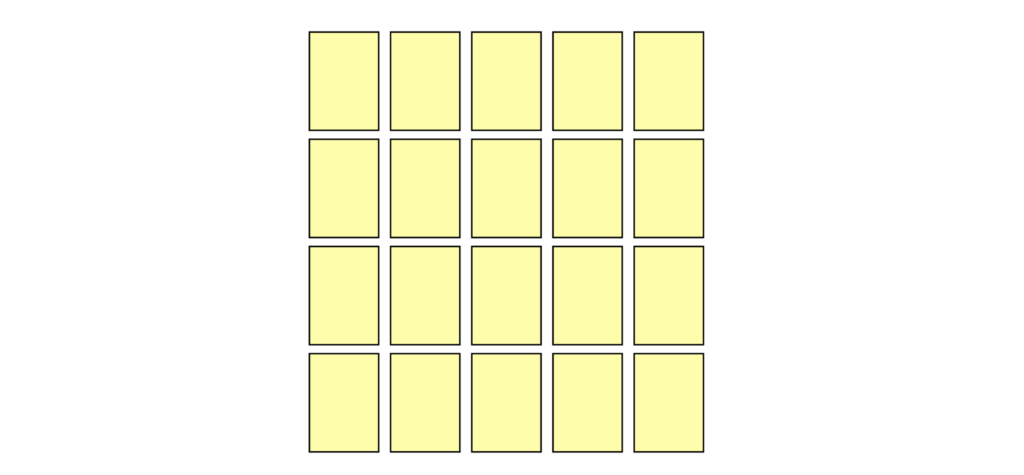Well! We had a super windy week up here in North Dakota. I picked up tree branches, twigs, and leaves from my lawn every day. I’d have it all cleaned up, then I’d look out the window again and it looked just as bad. Some friends took their camper 45 miles to the lake for the weekend. It took a half a tank of gas to go that short distance because the wind was so crazy!
Because the wind pulled and pushed things all over the place, I thought we’d play a fraction game this week. Just like the wind “fractured” my poor trees (and my sanity), we’re going to “fracture” the quantity of one and see what equals one! This game, Concentrating on One, from the Math Card Games book written by Dr. Joan A. Cotter, game F3, will let young ones play with the fraction charts and older ones play and review what they know. Or think they know. And sanity will remain intact. Promise!
Children (and some adults) need time to embrace the concept that two halves, three thirds, four fourths, or five fifths are needed to make a whole. Just because we tell the kids that five fifths equal one, it doesn’t mean that they understand. They need to touch it. They need to see it. They need to play with it. So let’s play!

Grab the fraction chart pieces. Find the 1 and lay it down. Below that, have the child find three 1/5s and lay them below the 1 piece.

Have the child discover how many more fifths are needed to make 1. That’d be two more 1/5s.

Play around with other fractions. Avoid giving hints.
Try 1/6 (needs 5/6), 7/10 (needs 3/10), 3/4 (needs 1/4), and 5/8 (needs 3/8). Sometimes children have troubles with 1/2, which needs another 1/2. Remember to use the fraction pieces. This makes the problem super easy to solve. And they will discover the pattern and formula.

So, to play the game, we’ll need to grab twenty fraction cards to play this memory game. You’ll need one each of: 1/3, 2/3, 1/4, 3/4, 1/5, 2/5, 3/5, 4/5, 1/6, 5/6, 1/8, 3/8, 5/8, 7/8, 1/10, 3/10, 7/10, and 9/10. You’ll also need two 1/2s.
Looking for an easy way to gather these cards? Give the children all the fraction cards and tell them to spread the cards out face up. Then they are to pick up a card and find the match so that the pair equals one. Use the fraction chart pieces to help find the matches. It doesn’t matter which cards are chosen. Just tell them to find ten different pairs.
Since this is a memory game, generally two people play. You could certainly try it with three, but if you have more kids who want to play, it will work better with two teams.
Shuffle the cards, they lay them face down in four rows of five.

Since we’re looking for pairs that equal one, the first player turns over a card. Check the fraction chart when needed. Have her say aloud what she is looking for. This provides verbal reinforcement of the pairs.

She then chooses a card, hoping to find the match. If she’s right, she collects both cards and takes another turn. If she’s wrong, she turns both cards over and the second person takes his turn.


Players keep taking turns until all the pairs are collected. The winner is the person with the most pairs of fractions that equal one!
Enjoy the game this week. If you’d like to post a picture of your kids playing this game, send to [email protected] and we’ll get them posted. See you next week!
